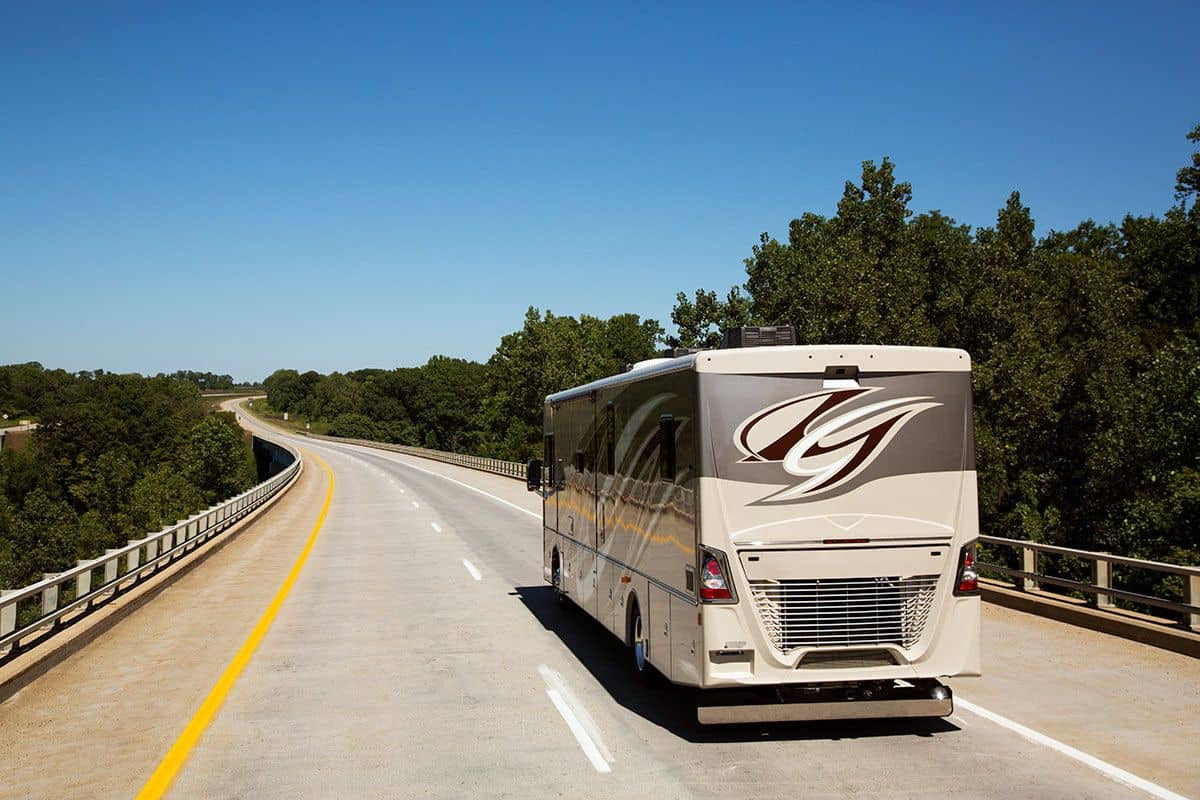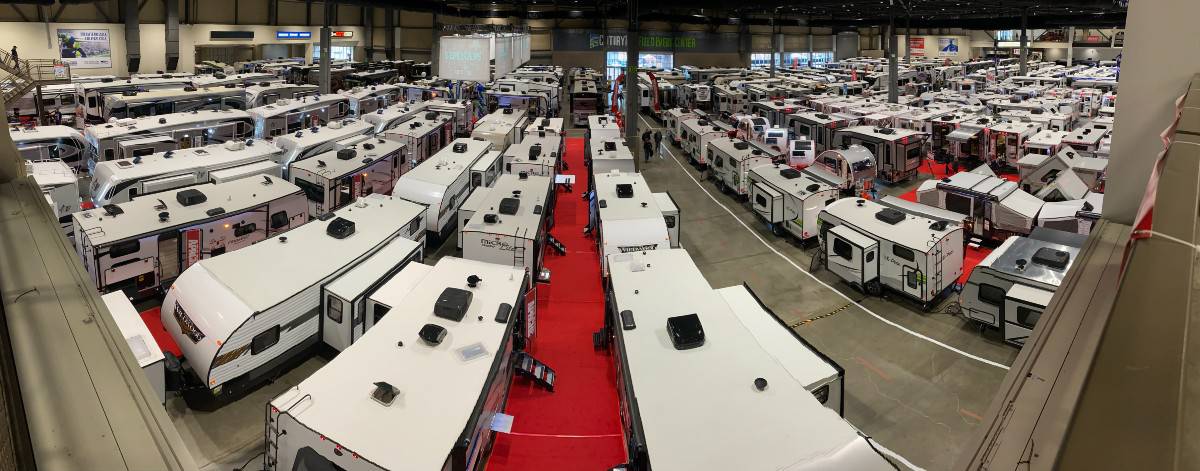
Traveling by RV is a lifestyle choice that is not largely driven by fuel prices. But if you can improve RV gas mileage, it makes visiting the pump less painful. With fuel prices at record levels, it’s more important than ever to keep tabs on your fuel spending.
5 Smart Ways to Improve RV Gas Mileage
RV drivers are often quite frugal. They budget carefully and they make the most of every trip and vacation. Part of that is being aware of the potential savings that are available to the consumer.
We have no control over the price of fuel. But we can do a few things to improve RV gas mileage to save money. Many RVers take measures to reduce fuel consumption. They follow simple steps like driving 55 instead of 65 or 70 mph. And they pack lighter to reduce weight in the RV.
Following are five best RV lifestyle tips to improve RV gas mileage.
1. Avoid High Speeds
One of the best ways to improve RV gas mileage is to drive slower. As a vehicle increases speed, it uses more energy, and therefore more fuel, to overcome the increasing air resistance. The relationship is approximately three-to-one. What this translates to is that for every 5 m.p.h. over 60 that is driven, the fuel economy drops roughly 8 percent for an average passenger vehicle.
This number is slightly higher for a large gas motorhome, or gas vehicle towing a trailer. It is believed by many that 55 m.p.h. is an appropriate speed to maintain maximum fuel efficiency. This, however, depends on the vehicle, but slowing down is a sure way to increase your miles per gallon.
Decreasing your speed saves money. The greatest improvement in fuel economy is the speed we drive. As your speed increases, your aerodynamic drag increases. Driving faster pushes more air ahead of the RV which creates more resistance to forward movement. Driving 62 mph rather than 75 mph will reduce fuel consumption by about 15 percent.
2. Do Not Accelerate or Brake Hard
Accelerate gradually, both from a stop and when entering a freeway. Avoid sudden jack-rabbit starts and rapid acceleration. By anticipating the traffic and applying slow steady acceleration and braking, fuel economy may increase by as much as 20 percent.
3. Anticipate traffic flow
Look at the traffic as far ahead as possible in order to avoid unnecessary stopping and starting within the flow of traffic. Maintain a safe distance between you and the vehicle ahead.
Brake smoothly, avoiding fast stops. Rapid braking wastes fuel and cut down your mileage.
Look ahead and anticipate traffic conditions. Slow down well before you need to. Instead of slamming on your breaks just before the line, slowly ease off the accelerator. Coast to a stop to avoid wasting fuel and adding wear to the brakes.
When the light changes green, forget that pedal to the metal mindset and, again, ease into it.
Last, but certainly not least, eliminate unnecessary idling. When a vehicle idles, it is getting zero miles per gallon, and it’s bad for the environment. Turn off the engine when stopped or parked.

4. Keep Tires Properly Inflated
Another fuel saver is to keep tire air pressures at the levels recommended by the tire manufacturer. Tire pressure can severely affects fuel economy.
If the tires are low on air, the engine has to push harder to move the RV ahead. It is important to know that tires can look normal when they are seriously under inflated.
Regularly check the air pressure in all tires, when the tires are cool (air pressure increases while you are driving).
Under-inflated tires can increase fuel consumption by up to 4 percent, according to International Energy Agency.
Correct tire pressure is also vital to your safety on the road. Under-inflated tires affect handling and grip, potentially causing irregular or unpredictable vehicle behavior and are more likely to suffer from a dangerous blowout, especially on high-speed Interstate journeys.
Read more on tire safety here
5. Control your weight
Don’t carry more weight than necessary or more than the rating of the recreational vehicle (GVWR).
Added weight significantly decreases fuel mileage and increases wear and tear on your tires.
For a medium-sized vehicle towing a trailer, there is already significant drag due to the weight of the trailer alone. Adding additional weight to the trailer increases the drag, and therefore reduces the miles per gallon.
Keep in mind that everything you put in your RV has weight. The average couple carries approximately 2,000 pounds of “stuff,” and many full-timing couples carry as much as 3,000 pounds.
When possible, travel with empty gray and black holding tanks and fresh water tank no more than ¼ full.
Carefully study the parameters of your RV, especially the cargo carrying capacity (CCC), because it’s the maximum permissible weight that can be safely added to the vehicle.
The following are approximate weights of the liquids that RVs commonly carry:
- Water—8.3 pounds/gallon
- Gasoline—6 pounds/gallon
- Diesel fuel—6.6 pounds/gallon
- Propane—4.5 pounds/gallon
Exceeding the legal weight can make the design of the RV unstable and ultimately lead to various risks while on the road. Overloading is the number one cause of tire failure.
6. Stay a little longer!
Another sure way to save fuel is to drive shorter distances and spend more time in one location. Why not experience the sights closer to home base rather than heading for a cross-country destination. Find a comfortable RV park or resort, spend some time there, and explore the sights and popular activities of the area.
Most motorists share one common goal—to get the best mileage possible. The desire for the best fuel efficiency is especially strong among recreational vehicle owners. As RVers, we want to slow down and enjoy the sights. Right? After all, it’s the journey, and not the destination.
Now Let’s Go RVing!



